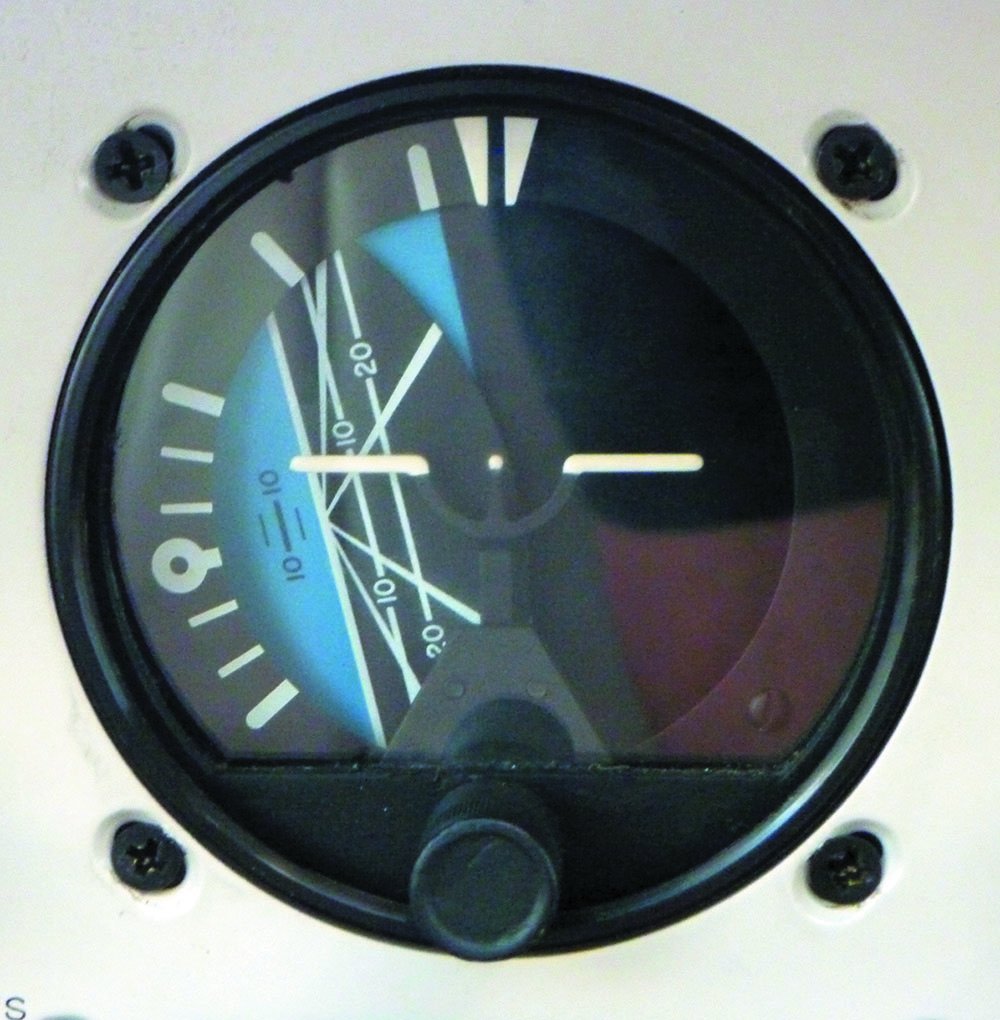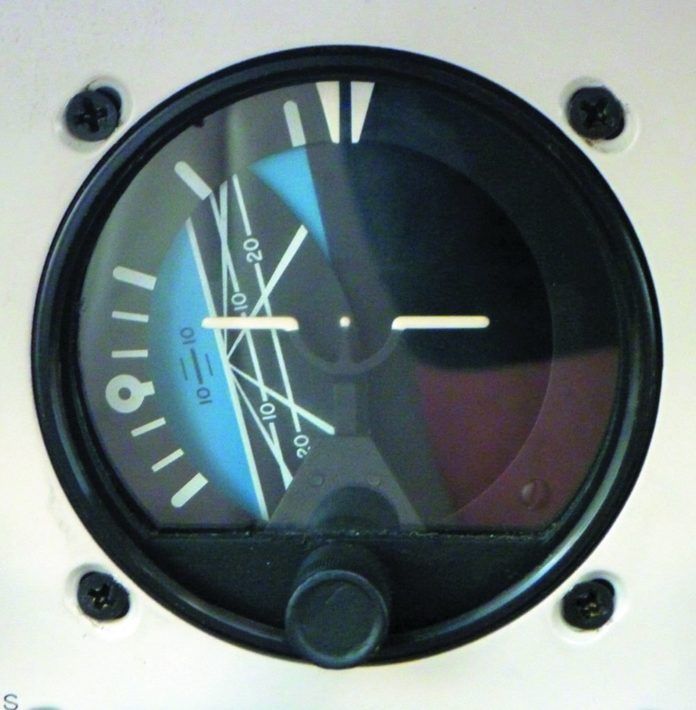
Sometimes the clue bus arrives late to the airport, which is the case with the FAA’s PS-ACE-23-08 policy statement for getting rid of vacuum attitude gyros, including the primitive system that drives them. Still, kudos to the FAA for finally offering take-it-to-the-shop policy on a situation most of us have known for years—vacuum systems are plain unreliable. Our guess is that a new generation of regulators hip to the superior reliability of solid-state, AHRS-driven gyro technology has at least something to do with it. Moreover, the FAA is long aware of the insidious nature of vacuum instrument failure, evident by the research it has done of NTSB reports littered with vacuum failure-related augers. But in its new policy, the FAA uses some interesting language to describe old-school gyros, while also recognizing the buying trend of AHRS-based instruments and the cost burden of maintaining old systems. Still, the policy statement for Part 23/CAR3 aircraft under 6000 pounds equipped with vacuum-driven attitude instruments isn’t a free-for-all. Plus, aircraft equipped with traditional directional gyros still need a vacuum system, short of upgrading to a full-up PFD or electric HSI system.
PS-ACE-23-08 says it is acceptable to replace a single-function vacuum-driven attitude instruments with an electronically driven attitude indicator as long as it has an independent standby battery capable of meeting the intent of AC 23.1331, AC 23.1381 and AC 1353(h). These FAA Advisory Circulars offer guidance for the installation of instruments using a power source, in addition to the requirements for instrument backlighting. Additionally, the policy states that the final installation and instrument arrangement must allow for use of partial panel operating techniques should the electronic attitude indicator fail.
By the way, we’re talking about minor alterations here—no field approvals—as long as the instrument has a TSO. This means installations can be signed off with a logbook entry if certain technicalities are met. This may include providing a new and dedicated circuit breaker for powering the instrument.
Additionally, the electronic attitude indicator must fit into the existing location of the vacuum-driven gyro, while not displacing the other originally certified instruments in a “basic T” panel arrangement. All of the models in our roundup satisfy that requirement.
The policy doesn’t give the green light to ditch the backup attitude instrument (mechanical or electronic), which is a requirement to back up Aspen’s Evolution-series and Garmin G500/600 retrofit PFD systems. Since the STC for these systems specifically require the presence of a standby attitude instrument, they need to remain in the panel and can be electronic when approved by the STC.


